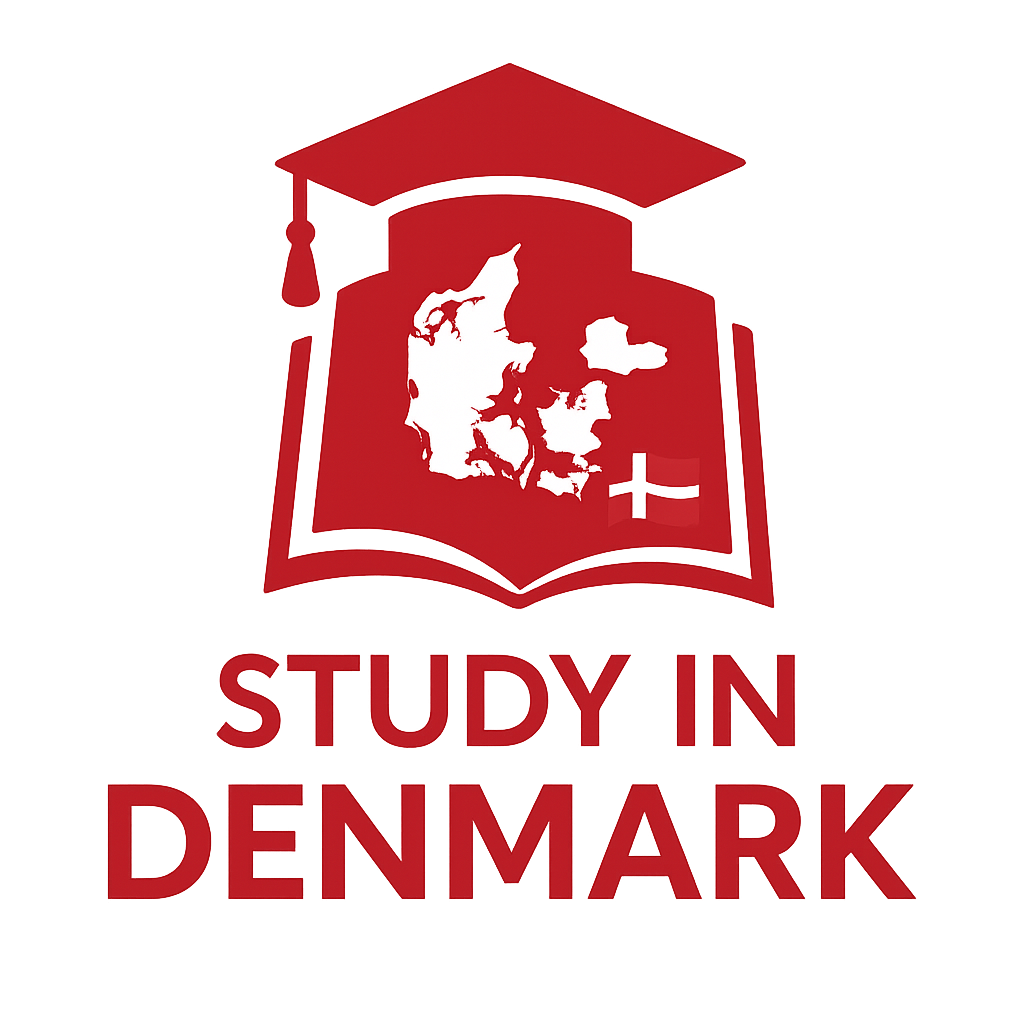Comparison of Denmark’s Education System Globally
1. Free and Equal Access
One of the most notable characteristics of Denmark’s education system is its principle of free and equal access. Education is primarily tax-financed, allowing students to pursue their studies from primary school all the way through higher education without the burden of tuition fees. This egalitarian approach ensures that all citizens have the opportunity to gain the skills and knowledge necessary to participate fully in society.
Key Takeaway: Denmark offers a financial structure for education that significantly reduces barriers for both domestic and international students.
2. Compulsory Education
In Denmark, compulsory education spans 10 years, starting at the age of six and concluding at sixteen. This includes a one-year preschool program alongside nine years of primary and lower secondary education. Compared to countries like the United States, which mandates 12 years, Denmark’s system is shorter but aims to develop well-rounded individuals ready for future challenges.
Key Takeaway: With a 10-year compulsory education system, Denmark focuses on foundational skills and social development early on.
3. Student-Centered Learning
Danish education emphasizes democratic participation, independent thinking, and collaborative learning. Students are often engaged in project-based activities, where group discussions and cooperative work are commonplace. This encourages learners to develop critical thinking and solve problems effectively.
Key Takeaway: The focus on student-centered methodologies prepares students to navigate complex social and professional environments.
4. High-Quality Outcomes
Students in Denmark consistently outperform the OECD averages in key areas like reading literacy, mathematics, and science, as evidenced by the Programme for International Student Assessment (PISA). The Danish education system supports equity, resulting in lower socio-economic disparities in student performance.
Key Takeaway: Denmark’s commitment to high-quality education is reflected in its students’ strong performance on international assessments.
5. Focus on Lifelong Learning
Denmark is a strong proponent of lifelong learning, with one in three adults aged 25-64 participating in some form of continuing education. This reflects the nation’s dedication to maintaining a skilled and adaptable workforce capable of meeting evolving industry demands.
Key Takeaway: The culture of lifelong learning strengthens Denmark’s economy and workforce adaptability.
6. Higher Education Excellence
Danish universities are globally recognized and offer over 600 English-taught programs, making it a popular destination for international students. The higher education system ranks among the top globally, providing access to quality education at a low cost for EU students, and relatively affordable options for non-EU students.
Key Takeaway: Denmark’s excellent higher education framework attracts international talent, enriching its academic environment.
Comparative Strengths
1. Accessibility
Denmark’s educational model is often lauded for its accessibility, especially in contrast to countries where tuition can present significant financial barriers. The free or low-cost structure of higher education makes Denmark an appealing option for numerous international students.
Key Takeaway: The absence of tuition fees for EU citizens and reasonable costs for non-EU students fosters a diverse student population.
2. Workforce Preparation
Denmark’s educational programs are closely aligned with labor market needs. The inclusion of vocational training and apprenticeships ensures that students are well-prepared for the workforce, making education a pathway to employment.
Key Takeaway: The integration of market-oriented education helps bridge the gap between academic learning and professional application.
3. Student Support
Denmark offers financial support to students through the Statens Uddannelsesstøtte (SU), which allows economic factors to play a smaller role in education accessibility. This support system is crucial for students who may otherwise struggle to finance their studies.
Key Takeaway: Robust financial support reduces economic stress, allowing students to focus on their academic goals.
Global Rankings and Performance
Denmark routinely ranks highly in global education rankings. According to the OECD:
- The average PISA score for Danish students is 501, exceeding the OECD average of 488.
- 82% of Danes complete upper secondary education, surpassing the OECD average of 79%.
Additionally, Denmark invests a substantial portion of its GDP in education, further establishing it as a leader in educational quality.
Key Takeaway: Consistent high rankings underline Denmark’s commitment to educational excellence.
Distinctive Features
1. Democratic Learning Environment
Danish educational institutions promote a non-hierarchical, open-dialogue approach, allowing students to address teachers by their first names. This creates an environment of mutual respect and encourages students to express their thoughts freely.
Key Takeaway: The democratic ethos in classrooms contrasts with more rigid educational environments in other countries.
2. Focus on Social Skills
From an early age, Danish education prioritizes social interaction, problem-solving, and outdoor activities. This holistic approach ensures that learners develop essential life skills alongside academic knowledge.
Key Takeaway: The emphasis on social skills prepares students for collaborative and community-oriented professional settings.
3. Cultural Integration and Support for International Students
The Danish education system is inclusive, providing numerous opportunities for international students to integrate. With the availability of international schools and various cultural programs, international students are supported both socially and academically.
Key Takeaway: Denmark’s inclusive approach enriches the academic landscape and fosters cultural exchange.
Conclusion
Denmark’s education system is a model of accessibility, equity, and quality. Its student-focused methods, impressive international performance, and commitment to lifelong learning position it as an exemplary educational framework globally. For international students and professionals considering educational partnerships, Denmark offers an inviting and generous landscape.
Take the Next Step with Study in Denmark
If you’re interested in learning more about studying in Denmark or discussing potential partnerships, please don’t hesitate to contact Study in Denmark. Our platform is dedicated to facilitating international education opportunities and student recruitment. Together, we can foster a brighter future in education.



